The military pressure in the Taiwan Strait is heating up. Last week, the Chinese People’s Liberation Army (PLA) tasked a naval formation consisting of aircraft carrier Liaoning to sail through the waters around Japan and Taiwan, which has been described as a “military advance.” On the other side, the U.S. carrier strike group led by the USS Theodore Roosevelt headed north from the Strait of Malacca, entering the South China Sea for the third time in 2021. The two sides are at a stand-off from a distance. Admiral Philip Scot Davidson, the outgoing commander of the U.S. Indo-Pacific Command, warned the Senate Armed Services Committee that Beijing may move to take Taiwan by force before 2027. Niall Ferguson, the author of Henry Kissinger’s biography and Stanford University historian, also published an article for Bloomberg, “A Taiwan Crisis May Mark the End of the American Empire,” in which he stated, “He who rules Taiwan rules the world,” expressing his concern that Beijing will not rest until it conquers Taiwan.
U.S. policymakers’ assessment of military risks in the Taiwan Strait is obviously being revised upward, yet Taiwan society has demonstrated a strategic determination of calmness, showing no strong reaction to this development from either the public or the officials. What is the reason for this?
First, “the boy who cried wolf.” Ever since the first direct presidential election of Taiwan in 1996, whenever there is a presidential election or a major event, the PLA has held large-scale military drills in the Taiwan Strait. In particular, since 2016, the PLA has been conducting many military exercises around Taiwan and has entered Taiwan’s air defense identification zone (ADIZ). Taiwan has been portrayed as being in the midst of a stormy and critical situation for the past few decades. As it is taught in “The Commentary of Zuo,” for all things, “the first strike arouses, the second weakens and the third absolutely devitalizes.” Over the years, the newsworthiness and deterrent effect of the PLA’s military actions have naturally diminished in accordance with the marginal effect.
Second, “the theory of the CCP diverting pressure.” There is a view in Taiwan’s policy circles that under the CCP’s official “Two Centennial” schedule, the timeline for cross-strait reunification is not the centennial of the CCP’s founding in 2021, but the centennial of the People’s Republic of China in 2049, when the so-called “great rejuvenation of the Chinese nation” will be accomplished.
That being the case, Beijing is actually not interested in pursuing unification by force in the foreseeable future. In this regard, when Tsai Ing-wen was inaugurated as Taiwan’s president for the second time last May, it would be normal for the CCP to actively intervene. However, retired PLA air force major general Qiao Liang, seen as a hawkish voice in the PLA and co-author of “Unrestricted Warfare: China’s Master Plan to Destroy America,” released a special article titled “The Taiwan problem cannot be solved with rashness and radicalism.” He warned that a little impatience spoils great plans, and urged not to start a war rashly at this juncture.
Taking this analysis one step further, more than anything else, Taiwan judges that the muscular display of the Mainland’s military drills is intended to “relieve” internal nationalist sentiment. As the pressure is gradually relieved, there is naturally no need to “erupt” dramatically. Simply put, the reason for the exercises is precisely because there is “no intention” to fight for real.
Many Taiwan analysts would point to Beijing’s short-term diplomatic needs for additional reference. With the 2022 Beijing Olympic Winter Games just around the corner, the CCP should be on good terms with other countries at this time, so as to create a scene of China rising to power with every country in the world in submission. Therefore, this is definitely not the time to use force.
Is this an adequate explanation? No, not really. So far, the CCP is not deterred from intensifying its wolf warrior diplomacy even though the Beijing Winter Olympics is approaching. According to the structural realism theory of international relations, the focus of strategic balance is on strength rather than intention. Hence, the following considerations need to be taken into account in order to explain Taiwan society’s apathy toward the military exercises.
Third, the international landscape. The strategic rivalry between China and the U.S. has been established, and an opportunity to mitigate it is hard to see. Looking at the smaller picture first, in the strategic triangle between Beijing, Taipei and Washington, the better the relationship between China and the U.S., the more Taiwan should fear a “China-U.S. co-rule of the Taiwan Strait” situation. In contrast, given Taiwan’s strategic position as the crux of the first island chain and the choke point of China’s southeastern coast, the worse the relationship between China and the U.S., the more indispensable Taiwan is to the U.S., and the more credible the U.S. becomes with respect to Taiwan’s security. In this way, as long as the relationship between the U.S. and China is not favorable, the more intense the PLA’s military dramas become, the more difficult it will be for the U.S. to back out of its position in Taiwan, and the more secure the Taiwanese will feel.
If we look at it from a broader perspective, the U.S. is demonstrating its ability to collaborate with allies, which has been rare in recent years. Moreover, the Quadrilateral Security Dialogue (Quad), which is implicitly aimed at resisting China, is progressively expanding towards “globalization.” In addition to the U.S., Australia, Japan, and India, the UK has recently proposed to join the alliance, Germany and Japan have signed a military intelligence cooperation agreement, and France has just participated in a joint French-Australian-Japanese-Indian naval exercise in the Bay of Bengal that is equivalent to The Quad Plus One. Since China and the U.S. are not on good terms and neither are the two sides of the Taiwan Strait, the more cross-regional connectivity and cohesiveness of the West, the more confidence Taiwan society will have in its own security.
In summary, Taiwan society sees the CCP’s military threat to be diminishing, and Beijing’s proposed timeline has led to a downward revision of its assessment of de facto intentions to use military force. This, coupled with the new U.S. administration’s “values-based diplomacy” and the strengthening of links among international liberal democracies, is increasing the deterrence against CCP military adventurism. It is no wonder that Taiwan society is so confident and so willing to support liberal societies with similar values, such as the international “Milk Tea Alliance.”
The article was originally published on Apple Daily on 13 April 2021.


